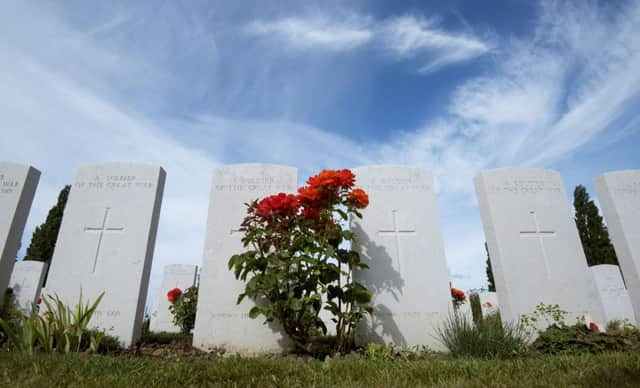A '˜senseless' campaign that led nowhere


Rain turned the battlefield into an unnavigable mud pit as the fighting wore on for 100 days, well into the autumn.
There were an estimated 325,000 Allied casualties, including many Australian, New Zealand and Canadian soldiers. The Germans lost between 260,000 and 400,000.
Advertisement
Hide AdAdvertisement
Hide AdSome 4.25m shells were fired at the German lines from 3,000 big guns in the two weeks before the battle started - alerting them to an imminent attack.
But the British advanced just 1.7 miles between July 31 and August 2, the equivalent of Downing Street to St Paul’s Cathedral in central London. In that period alone, they suffered 32,000 casualties - around 1,200 for each 100 metres gained.
Five inches of rain fell on Passchendaele in August 1917, and with nowhere to drain, it turned to mud deep enough to swallow horses and tanks.
The prime minister, David Lloyd George, wrote 20 years later that the campaign had been “senseless”.